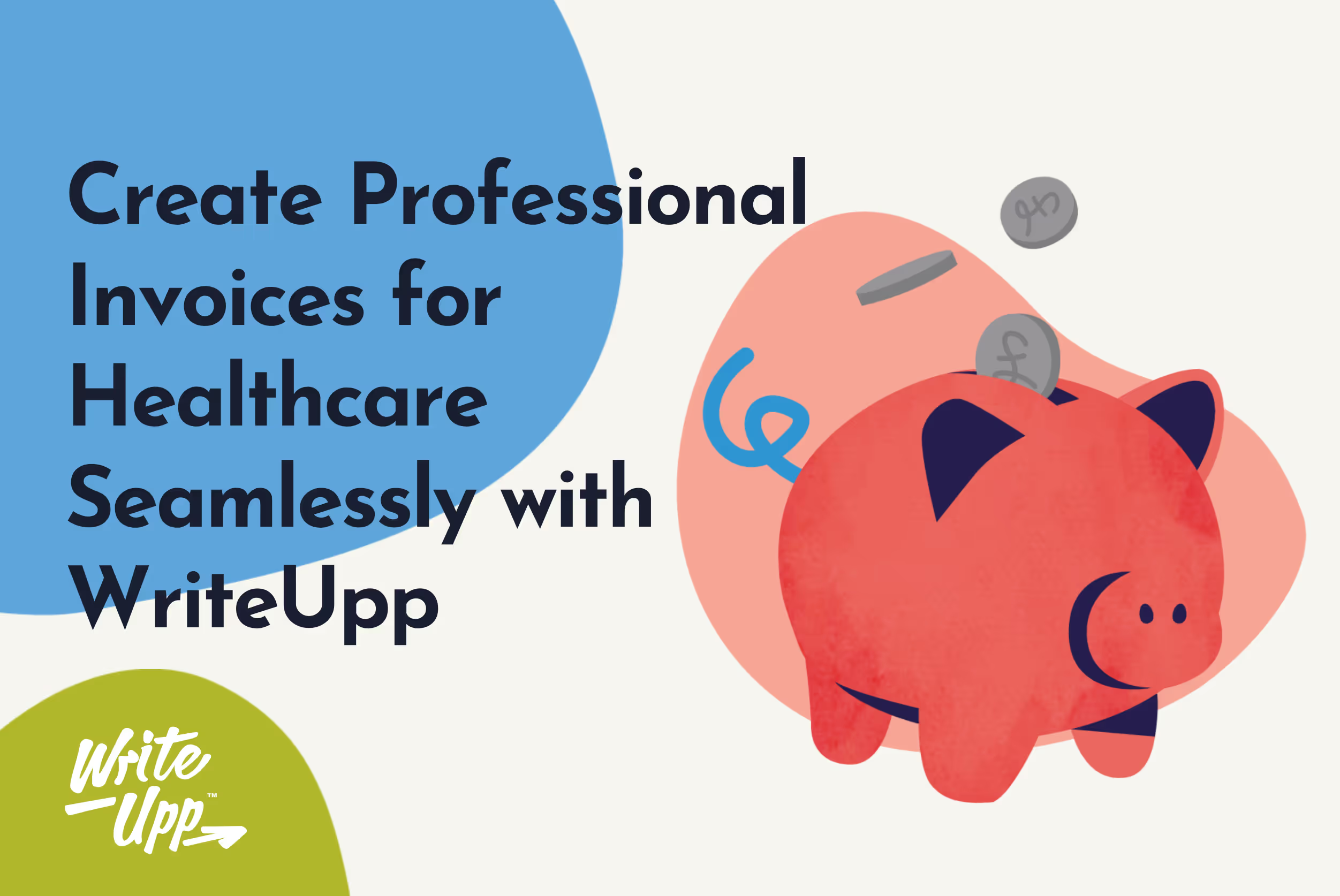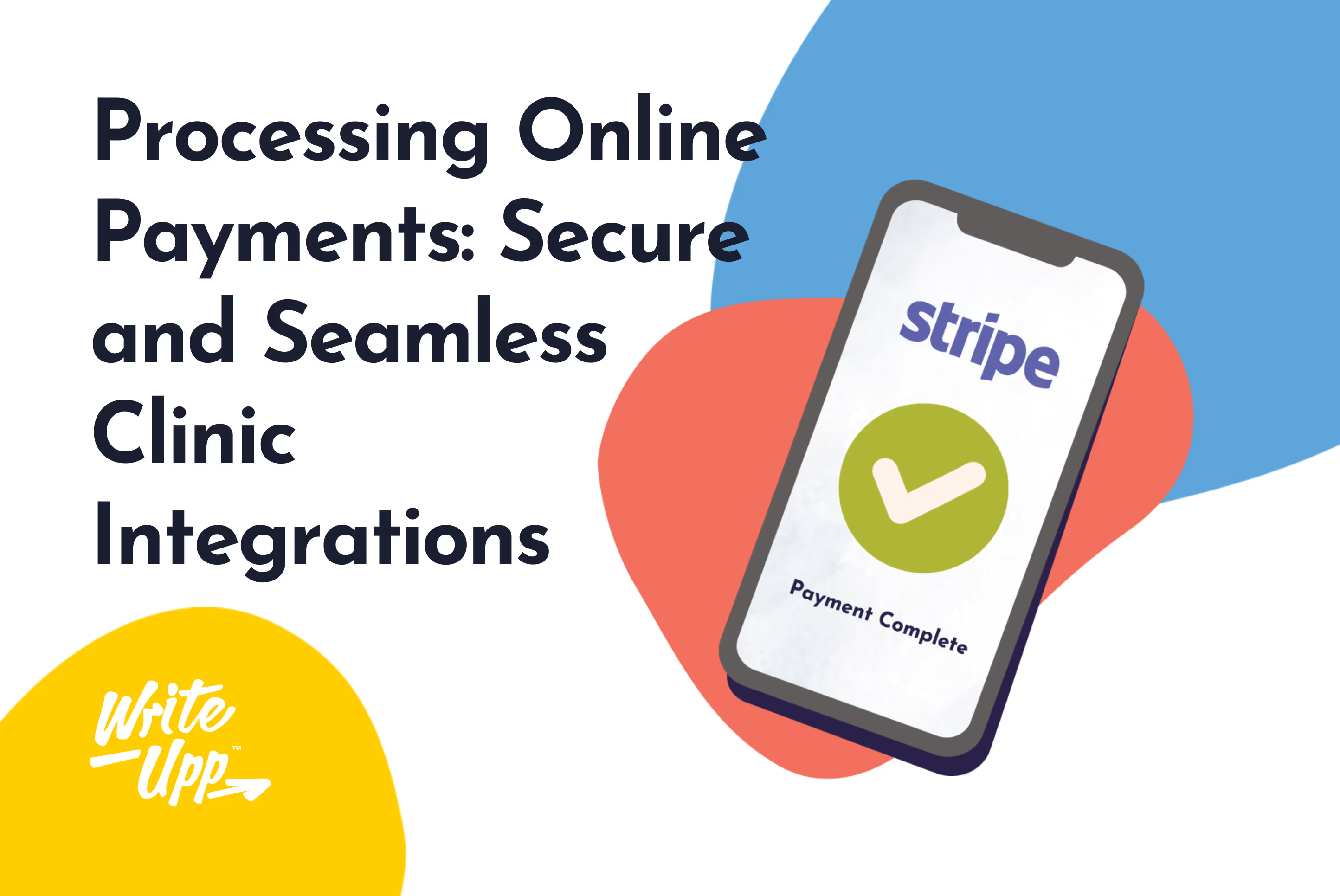Stress is a significant challenge for private healthcare practitioners, stemming from the high demands of providing personalised care and managing their practices' administrative complexities. This relentless pressure can lead to burnout, affecting their ability to deliver high-quality care. However, the advent of technology, particularly practice management software, offers a beacon of hope. This article delves into how healthcare professionals can mitigate stress by harnessing the power of technology.
We'll explore the benefits of integrating practice management software and other technological tools into a private healthcare practice's day-to-day operations. From automating appointment scheduling to streamlining billing processes and improving patient communication, technology can significantly reduce the manual burden.
By embracing these solutions, healthcare practitioners can alleviate their stress and enhance their practice's efficiency and patient satisfaction.
The Importance of Self-Care for Practitioners
Self-care is crucial for practitioners to ensure the quality of therapy and prevent burnout. Maintaining their well-being enables them to deliver effective, consistent therapy, which is essential for implementing accurate, evidence-based interventions.
Neglecting self-care may lead to emotional exhaustion, affecting their capacity to conduct therapy effectively. Engaging in self-care practices, such as exercise, mindfulness, and hobbies, helps manage stress and maintain mental health, vital for being present and engaged during therapy sessions.
Recognising Signs of Burnout
Burnout is a state of physical, emotional, and mental exhaustion caused by prolonged stress, particularly common among healthcare professionals. Recognising the early signs is crucial to prevent its detrimental impact on personal well-being and patient care. Key indicators include:
- Persistent Fatigue: Feeling tired despite adequate rest.
- Diminished Passion: Losing interest or satisfaction in work that was once fulfilling.
- Increased Irritability: Experiencing short tempers or frustration with colleagues or patients.
- Cognitive Difficulties: Facing challenges with concentration or decision-making.
- Physical Symptoms: Experiencing headaches, sleep disturbances, or other physical complaints.
- Emotional Detachment: Feeling disconnected from patients or colleagues.
Acknowledging these signs is the first step towards addressing burnout. Early recognition enables individuals to seek necessary changes or support, enhancing resilience and restoring balance.
Read more about burnout in healthcare here: How to Deal with Professional Burnout in Healthcare.
The Stress-Technology Connection
The relationship between technology use and stress underscores technology's significant role in everyday life. While technology has many advantages, it can also contribute to increased stress levels. However, technology can be harnessed to alleviate stress and promote a more balanced lifestyle.
Integrating technology such as clinic management software into therapeutic practices provides several benefits:
- It enhances accessibility and convenience, allowing therapists easy access to resources, scheduling, and client records.
- It facilitates the efficient sharing of resources and supports remote therapy sessions, saving significant time and reducing operational stress.
- It offers a broad range of features that can be customised to meet each client's needs, enhancing session effectiveness and client satisfaction.
- It aids in tracking and managing client data, which enables therapists to monitor client progress and tailor interventions more effectively.
- It can support collaboration and communication among therapy professionals, streamlining the referral process and joint case management.
Using practice management software in therapeutic settings can significantly reduce therapists' stress. It provides innovative solutions that simplify administrative tasks, automate scheduling and billing processes, and enhance productivity.
By leveraging these digital tools, therapists can focus more on their core responsibilities and spend less time on admin. This shift can decrease stress, allowing therapists to invest more energy into delivering high-quality therapeutic interventions.
Essential Technological Tools for Practitioners
Technology has become essential in various fields, including professional practice. Practitioners now have access to various technological tools that enhance their work and improve efficiency. These tools have become essential for practitioners to stay competitive and deliver high-quality client services.
Here are some of the essential technological tools that practitioners can use.
- Appointment Scheduling Software
Appointment scheduling software streamlines appointment management, reducing no-shows and enabling online booking for patient convenience. Clinicians can efficiently organise appointments, view and update schedules, and handle cancellations through a single interface.
Automated email or SMS reminders help reduce no-shows, safeguarding revenue. Additionally, patients benefit from the 24/7 ability to book appointments online, eliminating the need for phone calls or in-person visits and reducing administrative workload. This is a key asset for healthcare providers, enhancing efficiency, patient satisfaction, and financial outcomes.
- Telehealth
Telehealth, or video consultations, have significantly transformed healthcare delivery. They offer flexible consultations that ease patient and provider stress. They eliminate the need for physical visits, slash waiting times, and make care more accessible through remote video or phone consultations.
This flexibility allows patients to receive care at their convenience, sidestepping the constraints of traditional, in-person appointments. In addition, telehealth allows healthcare facilities to reduce physical space requirements, reducing overhead expenses and space constraints.
Providers can also manage patient care remotely, reviewing health data and prescribing medications online, which diminishes travel and wait times, further lowering stress. Telehealth is reshaping healthcare with its efficiency, cost-effectiveness, and stress-reducing benefits for patients and providers alike.
- Billing and Claims Management Systems
Billing and claims management systems automate invoicing and insurance claims, reducing financial stress and administrative work. These systems minimise human error, ensuring accurate invoices and payments are processed quickly, improving cash flow. They simplify the insurance claims process, from submission to processing, reducing delays and disputes.
They also provide real-time data and analytics, aiding in informed decision-making and identifying trends and risks for better financial management. By adopting automated billing and claims management, organisations enhance operational efficiency and accuracy and free up resources to concentrate on core business activities.
- Practice Management Software
Practice management software is an all-in-one solution that encompasses scheduling, billing, and electronic health records (EHRs). It streamlines operations and reduces errors and stress in healthcare settings.
This software centralises patient appointment management, preventing double bookings and enhancing the patient experience by ensuring timely consultations. Its billing functionality automates accurate invoice submissions to patients and insurers, minimising billing errors that can delay payments and cause stress.
Furthermore, practice management software ensures secure and efficient patient record management, allowing easy access and updates to patient information and facilitating seamless coordination among healthcare professionals.
Practice management software simplifies essential healthcare functions into a single platform, enhancing operational efficiency, reducing the potential for errors, and allowing healthcare providers to concentrate on delivering quality care.
Implementing Technology without Increasing Stress
Introducing technology in private healthcare practices is pivotal for enhancing operational efficiency and improving patient care. However, doing so without adding stress requires addressing common concerns thoughtfully:
- Cost Management: Embrace subscription-based models to spread out expenses. Conduct a return on investment (ROI) analysis to understand the long-term benefits of technology, such as improved efficiency and productivity.
- Ease Resistance to Change: Clearly articulate the advantages of new technology to your team and engage them in the decision-making process. Ongoing support from your technology provider can mitigate apprehensions and facilitate smoother transitions.
- Secure Data Handling: Prioritise robust security protocols, adhere to compliance standards, and engage in third-party security evaluations to reinforce trust in the technology's safety features. WriteUpp is ISO27001 certified, a globally recognised information governance and security standard. WriteUpp's systems and processes comply with this standard and are audited annually to ensure continued compliance.
By proactively managing these aspects, private practitioners can integrate technology seamlessly. This strategic approach minimises the potential for stress and positions your practice to reap the rewards of enhanced productivity and streamlined operations.
Take the Stress Out of Practice Management with WriteUpp
Managing a private healthcare practice doesn’t have to be synonymous with stress, especially when it comes to administrative tasks. With advancements in technology, particularly in practice management software like WriteUpp, healthcare professionals can significantly reduce their admin burden, allowing them to focus more on patient care and less on paperwork.
WriteUpp simplifies practice management through an intuitive platform that streamlines scheduling, billing, and patient records. It automates the tedious administrative tasks that often consume precious time and energy. From sending automated appointment reminders to handling billing with a few clicks, WriteUpp enables you to manage your practice more efficiently.
Moreover, its secure, compliant framework ensures that patient data is protected, addressing concerns about data security and privacy. With WriteUpp, the transition to digital administration is smooth and stress-free, thanks to our user-friendly interface and dedicated support team ready to assist with any queries or issues.
So, take a step towards a less stressful practice management experience with a free 30-day trial. With the right tools, managing your private practice can be both efficient and rewarding, leaving you more time to dedicate to what matters most—your patients.



Join over 50,000 clinicians that we've helped using WriteUpp
Start my free trial






